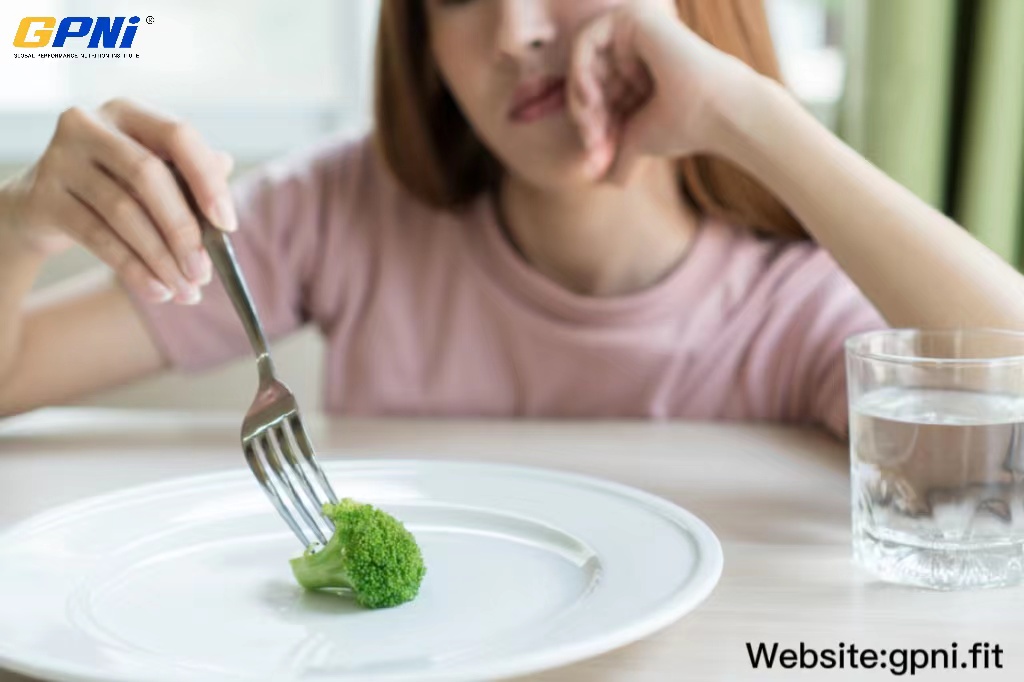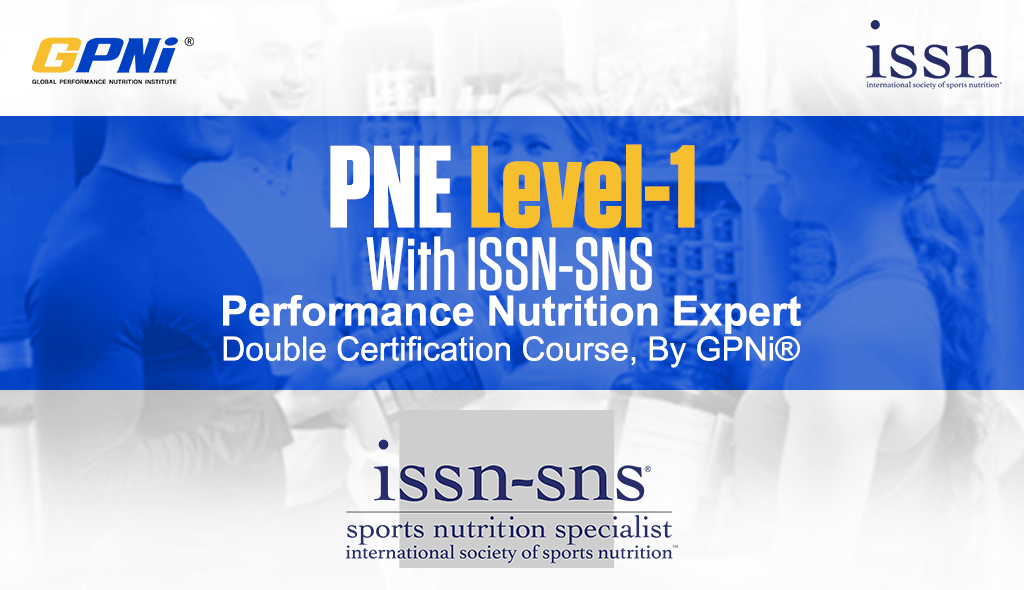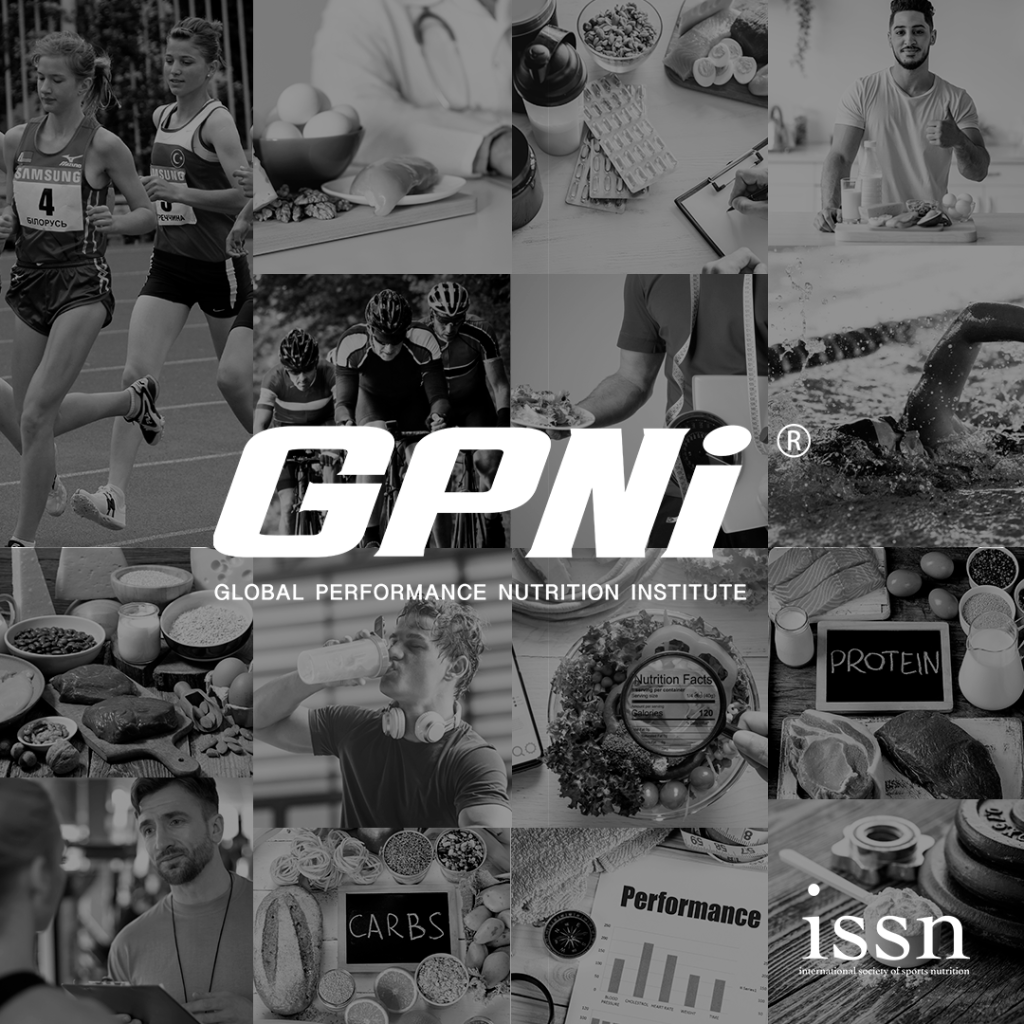Nutrition and overall health are critical to athletic performance. Athletes face several stressors such as rigorous training schedules and competitions. It is not uncommon for athletes to under consume or have a dietary intake that is insufficient to their training demands. Whether it is psychological stress, a busy schedule, an underlying issue with food or challenging to increase food, inadequate intake can lead to low energy availability (EA). Low EA can compromise health and ultimately athletic performance. Low EA is prevalent in both males and females with some estimates as high as 58%.
Athletes must consume enough energy to support optimal physiological function and their training demands. The signs and symptoms of low EA vary. It is important to remember that an athlete’s weight is not the sole detriment of low EA. In fact, an athlete’s weight can be stable and still suffer from low EA. Low EA is the typically the underlying issue that leads to the relative energy deficiency syndrome or RED-S. This term was first introduced by International Olympic Committee (IOC) in 2014. RED-S can lead to myriad of issues including metabolic disruptions, increased injury risk, decline performance, irritability and even depression. Long term, RED-S can cause health complications such as decreased bone mineral density, weakened immune system and impaired reproductive function.

Intentional and unintentional undereating contribute to low EA. Although RED-S can develop in any sport, there are some athletes or physical active individuals that may be more at risk. Those competing in endurance sports may be more at risk due to large training volumes. Sports that have weight class requirements can increase risk as decreasing intake is necessary to “make weight”. Of course, any athlete with a history of or susceptible to an eating disorder/disordered eating is at risk. Regardless of the sport, some athletes feel the pressure to lose weight or overtrain which can put them at risk for RED-S.
Identifying RED-S can be challenging. First, all other medical conditions need to be ruled out. Hormonal changes, mood disturbances, and lack of motivation are a few warning signs. Low Energy Availability in Females Questionnaire (LEAF-Q) and RED-S specific screening tool (RST) are two screening tools that are used to identify those at risk or suffering from RED-S. Treatment is highly individualized and dependent upon the present symptoms of RED-S. Identifying what barriers are preventing or making adequate intake challenging is a key aspect of treatment. Other modalities of treatment include nutrition education, increasing intake, addressing nutrient deficiencies and in more severe cases a multi-disciplinary team approach.

Nutrient timing and consuming the right type of nutrients improve performance but ensuring an athlete is consuming enough energy to meet the training demands of their sport and their basic physiological needs is crucial. Any athlete that under fuels irrespective of the reason is at risk for developing RED-S. Increasing awareness to the risks and signs of low EA can help prevent RED-S or get athletes help before there are serious health consequences.

Cassie Evans is a registered dietitian and a published researcher. She has studied sports nutrition and completed an internship with the University of Miami Sports Nutrition Team and Nova Southeastern University’s sports performance team. She holds a Bachelor of Science in Exercise and Sports Science and received her CISSN in 2018. She is currently pursuing her doctorate in Human and Sports Performance from the Rocky Mountain University of Health Professions.
References
Logue DM, Madigan SM, Melin A, et al. Low Energy Availability in Athletes 2020: An Updated Narrative Review of Prevalence, Risk, Within-Day Energy Balance, Knowledge, and Impact on Sports Performance. Nutrients. 2020;12(3):835. Published 2020 Mar 20. doi:10.3390/nu12030835
Jagim AR, Fields J, Magee MK, Kerksick CM, Jones MT. Contributing Factors to Low Energy Availability in Female Athletes: A Narrative Review of Energy Availability, Training Demands, Nutrition Barriers, Body Image, and Disordered Eating. Nutrients. 2022; 14(5):986. https://doi.org/10.3390/nu14050986







